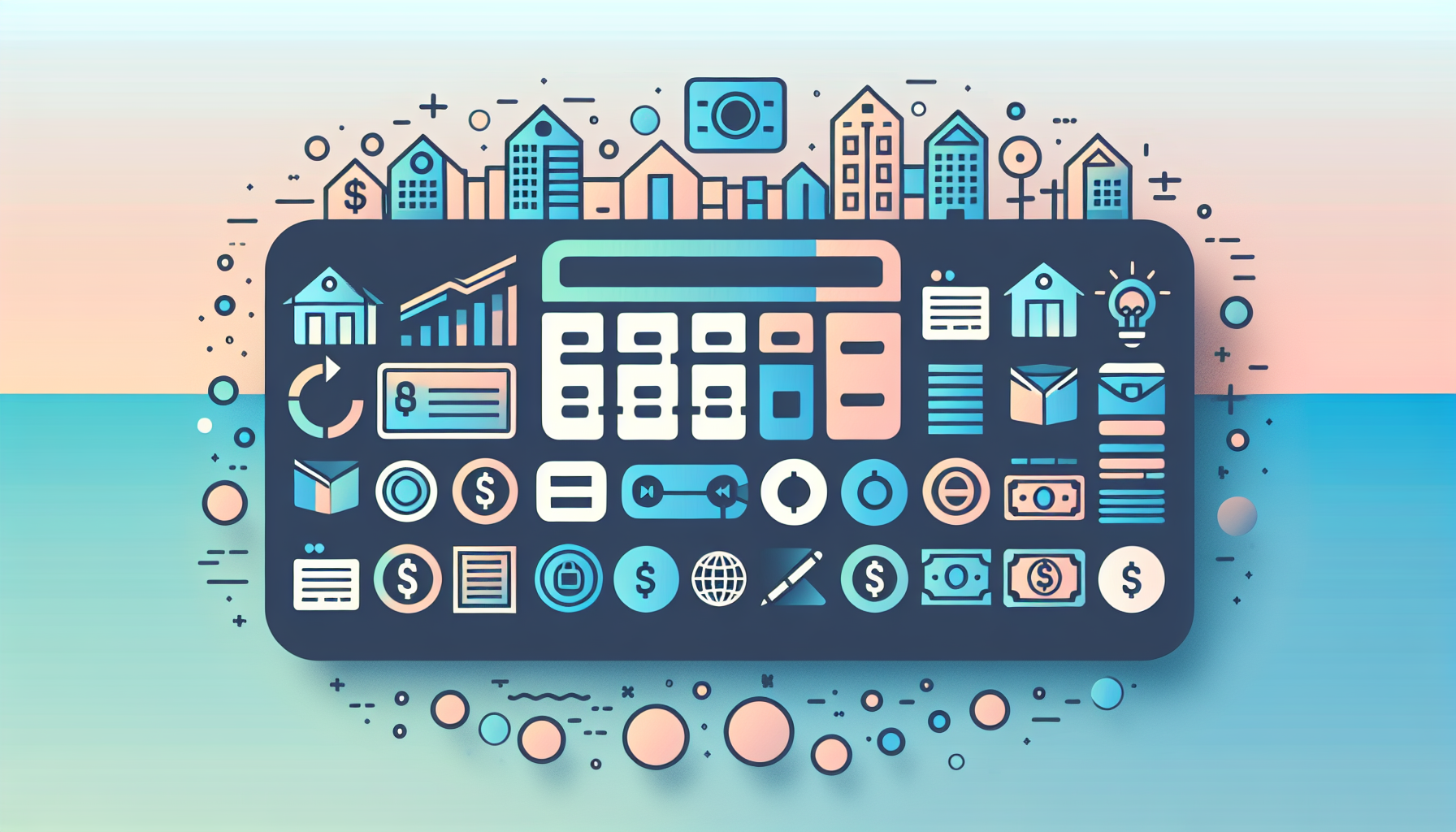Mortgage Forbearance: What You Need to Know

Navigating Financial Hardships: Understanding Mortgage Forbearance
In times of financial hardship, homeowners often find themselves struggling to keep up with their mortgage payments. One of the relief options available is mortgage forbearance, a temporary measure that can help homeowners avoid foreclosure and get back on their financial feet. Here’s a comprehensive guide to help you understand what mortgage forbearance is, the options available, and how to navigate the process.
What is Mortgage Forbearance?
Mortgage forbearance is an agreement between you and your mortgage servicer that allows you to temporarily reduce or suspend your mortgage payments for a specified period. This is not a forgiveness of payments but rather a postponement, meaning you will still need to repay the missed payments eventually.
Forbearance can be initiated due to various hardships, such as damage to your home from a natural disaster, illness or injury leading to increased healthcare costs, or any financial hardship that results in missed mortgage payments. For example, during the COVID-19 pandemic, many homeowners were eligible for COVID-19 Forbearance, which allowed them to pause or reduce their mortgage payments for up to 12 months.
Eligibility and Duration
To be eligible for forbearance, you typically need to demonstrate a financial hardship. For Fannie Mae and Freddie Mac-backed loans, the initial forbearance period can be up to six months, with possible extensions. For FHA loans, you can request a COVID-19 Forbearance for up to six months, with an additional six-month extension if needed and if the initial forbearance period ends on or before May 31, 2023.
Repayment Options
Once the forbearance period ends, you will need to repay the missed payments. Here are some common repayment options:
Reinstatement
This involves paying the total amount of missed payments all at once at the end of the forbearance period. This can be a challenging option for many homeowners, but it is a way to quickly resolve the outstanding balance.
Repayment Plan
A repayment plan allows you to pay back the missed payments over a specified period, usually up to 12 months, in addition to your regular monthly mortgage payment. This option spreads out the financial burden, making it more manageable.
Payment Deferral
With this option, you resume your regular monthly mortgage payments and defer the missed payments until the end of the loan term, when the home is sold, or when the loan is refinanced or paid off. This deferred amount does not accrue additional interest.
Loan Modification
A loan modification involves permanently changing some terms of your loan to make your monthly payments more affordable. This could include extending the loan term or reducing the interest rate. For example, the COVID-19 Advance Loan Modification (ALM) offered by FHA aims to reduce the monthly principal and interest (P&I) payment by at least 25%.
Refinance
You can also consider refinancing your loan to obtain a new loan with a new interest rate and term. To qualify, you typically need to be off the forbearance plan, have made at least three consecutive monthly payments, and meet the lender’s eligibility requirements.
COVID-19 Specific Relief
During the COVID-19 pandemic, additional relief options were introduced to help homeowners. The FHA COVID-19 Recovery Home Retention Options include:
- COVID-19 Advance Loan Modification (ALM): A permanent change in loan terms to achieve a minimum 25% reduction in monthly P&I payments.
- COVID-19 Recovery Standalone Partial Claim: Allows mortgage payment arrearages to be placed in a zero-interest subordinate lien against the property, payable when the loan is paid off, refinanced, or the property is sold.
- COVID-19 Recovery Modification: Resolves outstanding mortgage payment arrearages by adding them to the principal loan balance and extending the loan term to 30 or 40 years at the current fixed market interest rate.
Preparing to Exit Forbearance
Before your forbearance period ends, it’s crucial to contact your mortgage servicer to discuss your repayment options. Here are some steps to prepare:
- Review Your Finances: Assess your current financial situation to determine which repayment option is most feasible.
- Communicate with Your Servicer: Keep the lines of communication open with your mortgage servicer to understand all available options and to avoid any misunderstandings.
- Seek Professional Advice: If needed, consult with a financial advisor or a HUD-certified housing counselor to get personalized advice.
Additional Resources
If you are facing financial hardship and need further assistance, here are some resources you can turn to:
- HOPE Hotline: A 24/7 national hotline offering personalized housing counsel approved by HUD. You can reach them at (888) 995-4673.
- Consumer Financial Protection Bureau: Find a Borrower Help Center or HUD-certified housing counselor in your area on their website.
- California Mortgage Relief Program: For California residents, this program provided grants to homeowners facing financial hardships due to the COVID-19 pandemic.
Conclusion and Next Steps
Mortgage forbearance is a valuable tool for homeowners facing financial hardships, but it requires careful planning and communication with your mortgage servicer. By understanding the available forbearance options and repayment plans, you can make informed decisions to protect your home and financial stability.
If you are considering mortgage forbearance or need help navigating the process, it’s essential to stay informed and seek professional advice. For more resources and tools to manage your mortgage, visit the WP Ultimate Loan & Mortgage Calculator website. You can also contact us for personalized assistance.
Remember, forbearance is not a one-size-fits-all solution, and it’s crucial to explore all available options to find the best fit for your financial situation. Stay proactive, and don’t hesitate to reach out for help when you need it.











